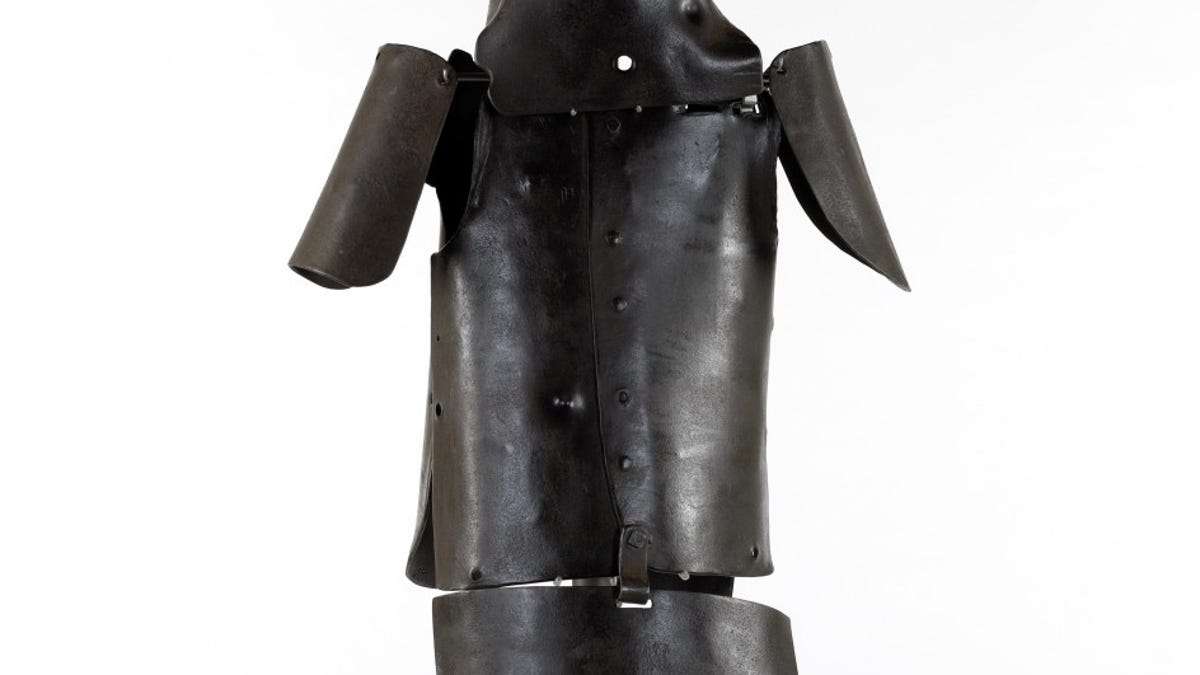Australian outlaw Ned Kelly, the original Iron Man
Legendary Australian bushranger Ned Kelly held the Siege of Glenrowan in an impenetrable suit of armour.
Of all the figures in Australian history, Ned Kelly, born in December 1854, is the most legendary. The petty criminal catapulted into full-blown outlaw status after murdering three policemen and went on a two-year rampage of armed bank robberies, before his final capture by police at the Siege of Glenrowan, Victoria on June 28, 1880 -- 136 years ago today.
Yet the most iconic aspect of the bushranger was something he wore only once: his suit of iron armour.
Every Australian recognises it. It consists of two aprons, one in front of the torso and another protecting the back; a pair of pauldrons; and a bucket-shaped helmet, with a single slit through which the wearer could peer. In all, it weighed 44 kilograms (97 pounds) and was around six millimetres (a quarter of an inch) thick.
The suits worn by Kelly and the three other members of the notorious Kelly Gang looked crude, but worked as intended: Although hailed with bullets during his last stand, not a single one penetrated Kelly's armour.
The construction was quite a laborious affair, one born of necessity using, like Tony Stark in the first "Iron Man" film, materials available to hand.
Photograph of Ned Kelly taken the day before he was hanged.
As a local newspaper reported at the time, "The manufacture of the four suits occupied four or five months, that a good deal of time was wasted in experimenting with different material; that circular saws were first tried and found wanting in resistance to bullets; that iron tacks were also tried and found to be not bullet proof; and that the moulds of plough were ultimately adopted."
Although police had been warned about bullet-proof armour by an informant, they disbelieved the reports. Kelly, therefore, cut quite a terrifying figure when, at first light on the morning of June 28, 1880, he emerged from the trees with a revolver and fired on police who were laying siege to the Glenrowan hotel.
In his 1903 "History of Australian Bushranging," Charles White wrote, "Someone said,'He is a madman!' Dowsett, the railway guard, said, 'He is the devil!' Sergeant Kelly exclaimed, 'Look out, boys, he is the bunyip!'
The police fired back, and, true to the informant's report, no bullets penetrated the armour, although many bullet marks were later found on it: five on the helmet, three on the breastplate, nine on the back-plate and one on the pauldron. However, it did have one fatal flaw. Kelly was ultimately felled by wounds to his legs, and he was arrested, tried, and sentenced to death.
He was hanged on November 11, 1880, his final words reportedly of resignation.


